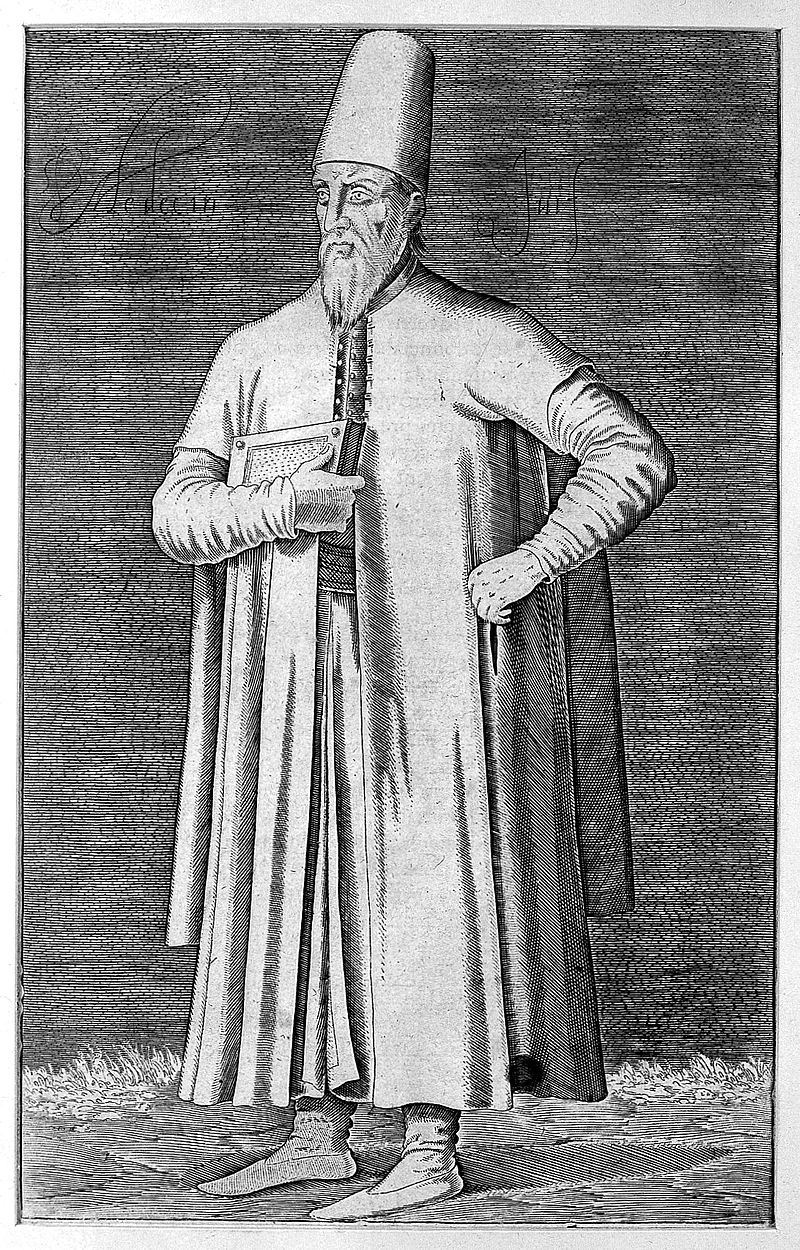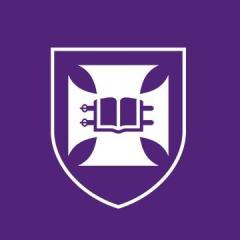Medicine at the time of Christ
The Levant enjoyed a mostly healthy climate, the people had frugal but healthy diets and general hygiene principles were vigorously applied and practiced. Uncleanliness was believed to be the basis for all diseases and ailments. The practice of cleanliness and hygiene is frequently cited throughout the Bible and many of the tractates of the Talmud were handbooks on hygiene, pharmacopoeias and medical encyclopedias.
“Hygiene and prophylaxis became religious dogma intended for the welfare and preservation of the nation. Of the 613 commandments, 213 are of a medical nature…..frequent washing, care of the skin, strict dietary and sanitary regulations…..these and other provisions inhibited the spread of many of the diseases prevalent in neighbouring countries.” (1)
One only needs to look at ‘Leviticus’ which explains, in great detail, the way in which households and personal items that have come into contact with a carrier of leprosy, should be cleaned. ‘Leviticus 13’ also explains the different forms of leprosy and how each one can be identified and treated.
And yet the people still suffered from ailments, maladies and disease. Sudden changes in temperature from day to night could induce ailments such as pneumonia or the common cold. Occasional hot, heavy weather especially accompanied by the dreaded ‘khamsin’ or strength draining desert wind also correlated with an increase in dysentery. Dust storms could cause a number of maladies of the eyes; and the marshy regions (especially around the Jordan) were teeming with malaria-carrying mosquitoes.
‘The Old Testament mentions some fifty diseases, from itch to apoplexy, consumption to gout, exanthema to peritonitis. The New Testament also refers to a great many: paralysis, dropsy, piles, blindness, deafness and of course leprosy….’ (2)
Leprosy was perhaps the most feared of diseases and was relatively common throughout the ancient Mediterranean world. Many other diseases may have been misinterpreted as being leprosy however; including bone-tuberculosis, alopecia, elephantitis and dermatosis. Leprosy had no cure then apart from divine intervention and the only treatment was to isolate the stricken from the rest of the healthy population – not unlike what happened to lepers in the early history of Brisbane who were isolated on Peel Island. Leprosy was so notorious, and many believed that it affected not just the physical body, but also the cleanliness of the soul.
The connection between the soul and the body and disease was also enforced with other diseases. They were, like venereal disease, seen as punishments on the bodies of those who had particularly unclean and depraved souls.
Mankind’s fate, so often mentioned in the Bible, was to suffer and die. Sickness and disease, along with all the tribulations of life were seen as God’s mandate to humankind after Adam and Eve committed the ‘original sin’. But God was not insensitive to this plight and thus put on the earth various means to combat and cure, or at least ease the burden of such ailments. Certain plants, minerals and animal products as well as those with the knowledge and skill to affect cures were put there by God. Thus, physicians and doctors were seen to be vessels working God’s mercy. As mentioned in Ecclesiastics:
‘Deny not the physician his due for thy needs sake; his task is of divine appointment, since from God all healing comes…..’ (3)

Medical practice and knowledge was considerably more advanced that often is often assumed in the Levant at the time. Jewish physicians had a good grasp on what materials could be used in the treatment of various ailments. Honey for instance could be used to cure a sore throat, rosemary was commonly used for stomach ailments, a solution of pounded maidenhair fern for tapeworm and a poultice of fish brine to relieve rheumatism.
Other practices commonly used included cupping and blood-letting, the use of thermal waters, cauterization, curetting of wounds, trepanning and caesarean deliveries.
(1): Encyclopedia Judaica: Medicine & Law; https://www.jewishvirtuallibrary.org/medicine
(2): Daniel-Rops, Henri (2002), ‘Daily Life in Palestine at the Time of Christ’, Phoenix Press, London, pp: 321-322.
(3): Daniel-Rops, Henri (2002), ‘Daily Life in Palestine at the Time of Christ’, Phoenix Press, London, pg:324
The Marks-Hirschfeld Museum of Medical History aims to celebrate Queensland’s medical history by telling the stories of its people, events, objects, scandals and triumphs. We welcome all stories with a medical history aspect. Get in touch with us at medmuseum@uq.edu.au.

